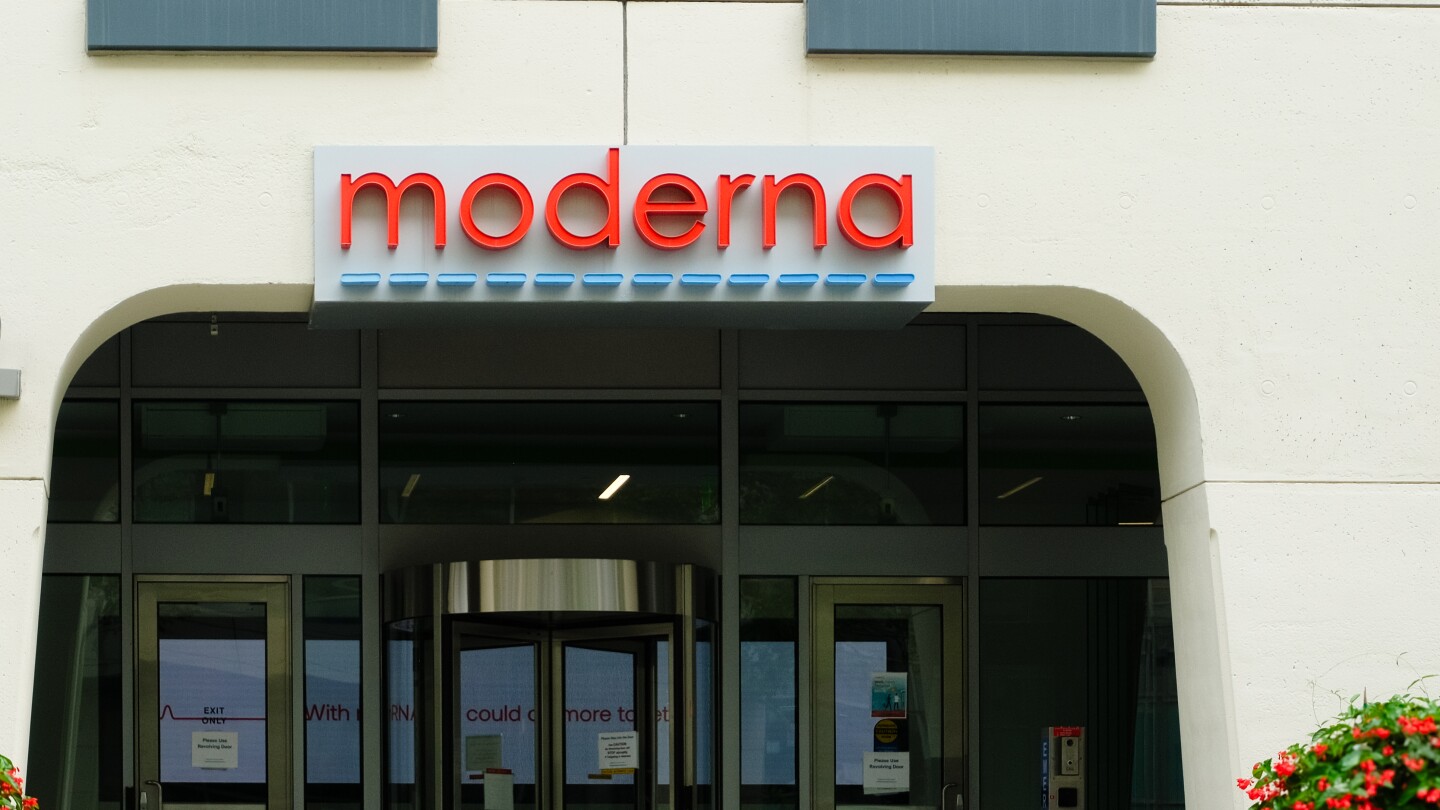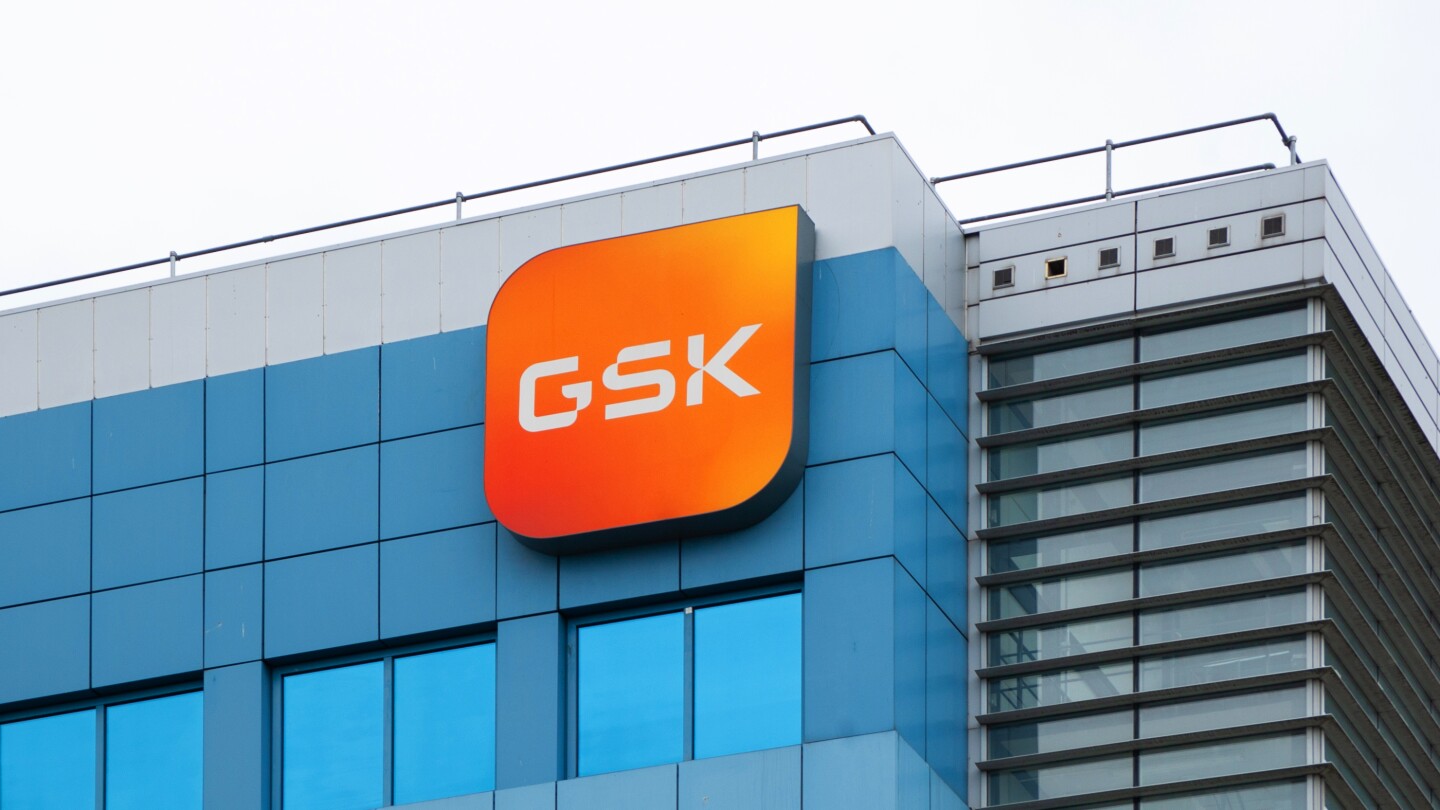Infectious disease
Buying vaccine biotech Dynavax was an easy choice for Sanofi despite antivaccine moves by the Trump administration.
At a J.P. Morgan media event Tuesday, the Gilead C-suite seemed to be walking on air as they highlighted Yeztugo’s capture of the HIV market and its plans for business development.
While Moderna’s full-year sales landed in the upper end of its target range, Jefferies analysts said further reductions are needed if the biotech hopes to hit its 2028 break-even target.
Though specific data for bepirovirsen remain under wraps, GSK plans to file for approval in the first quarter of 2026.
Insmed pointed to a strong placebo response as the reason for the trial’s failure.
The money replaces a small portion of a contract Moderna lost when the Department of Health and Human Services canceled $760 million in backing to develop the vaccine, called mRNA-1018.
Pfizer CEO Albert Bourla defended his company’s vaccine business as rhetoric from HHS Secretary Robert F. Kennedy Jr. drives a notable drop in COVID-19 sales.
Speaking on Bloomberg TV on Monday, FDA Commissioner Marty Makary contradicted recent reporting that suggested the agency was planning to add a black box label—its most serious warning—to COVID-19 vaccines.
The FDA’s Vinay Prasad recently claimed in an internal memo that at least 10 children have died from coronavirus vaccines, but an internal safety review showed that the count was much lower.
Blujepa is also approved for uncomplicated urinary tract infection in females 12 years and older.
PRESS RELEASES









